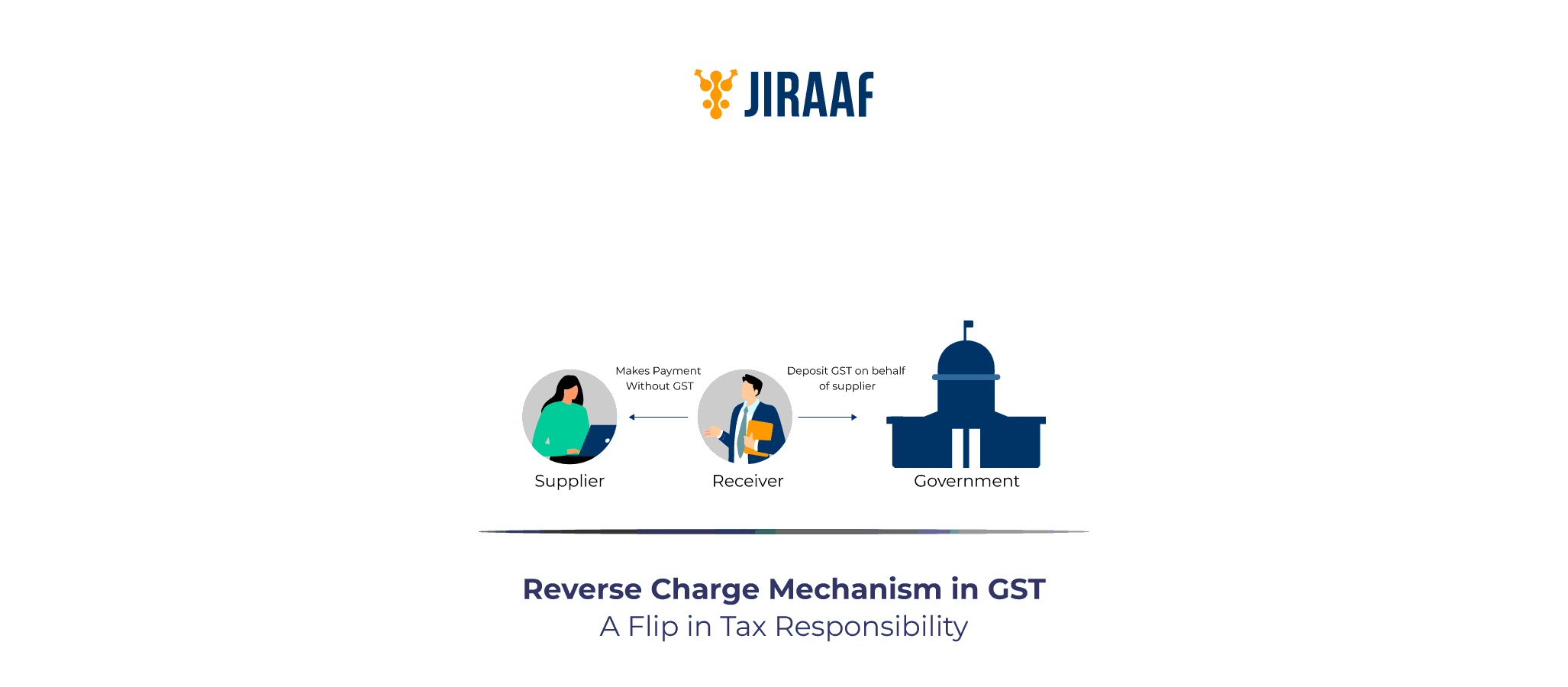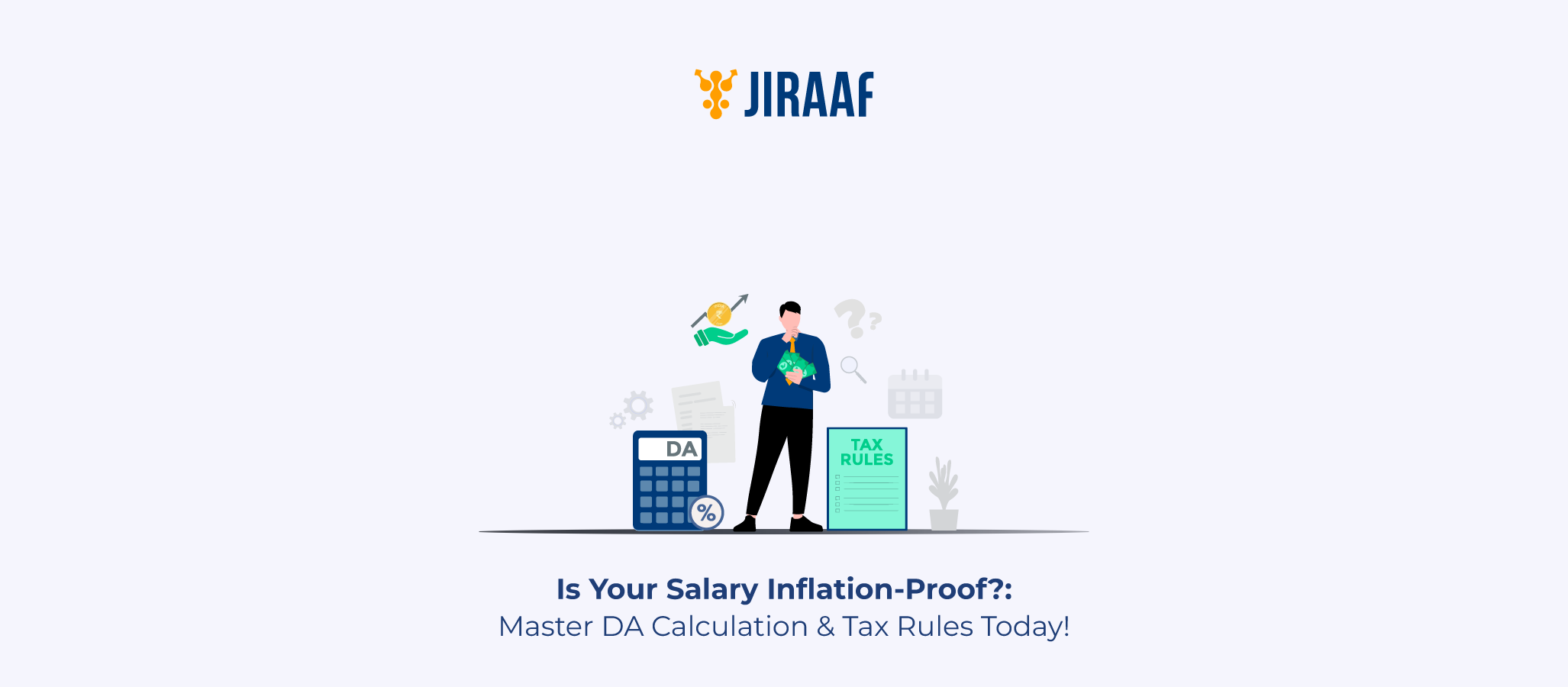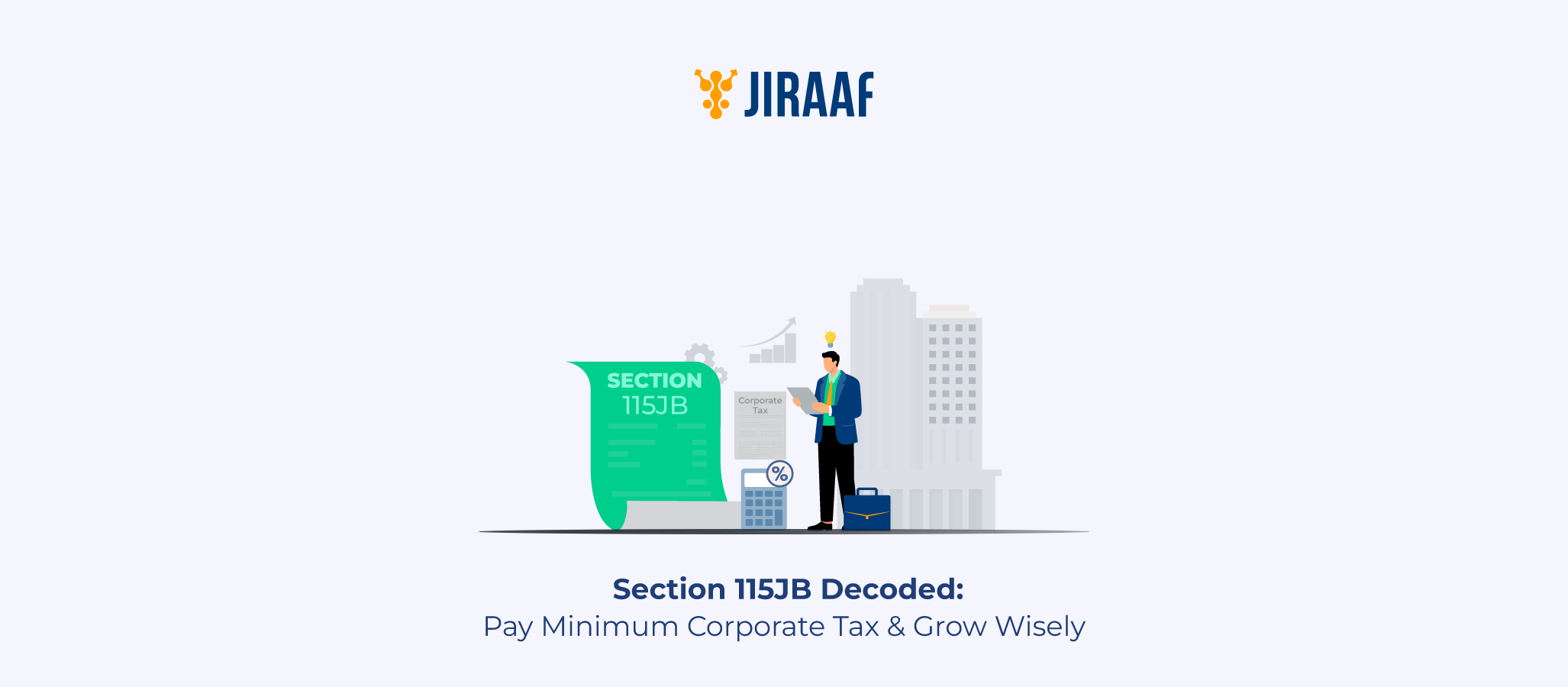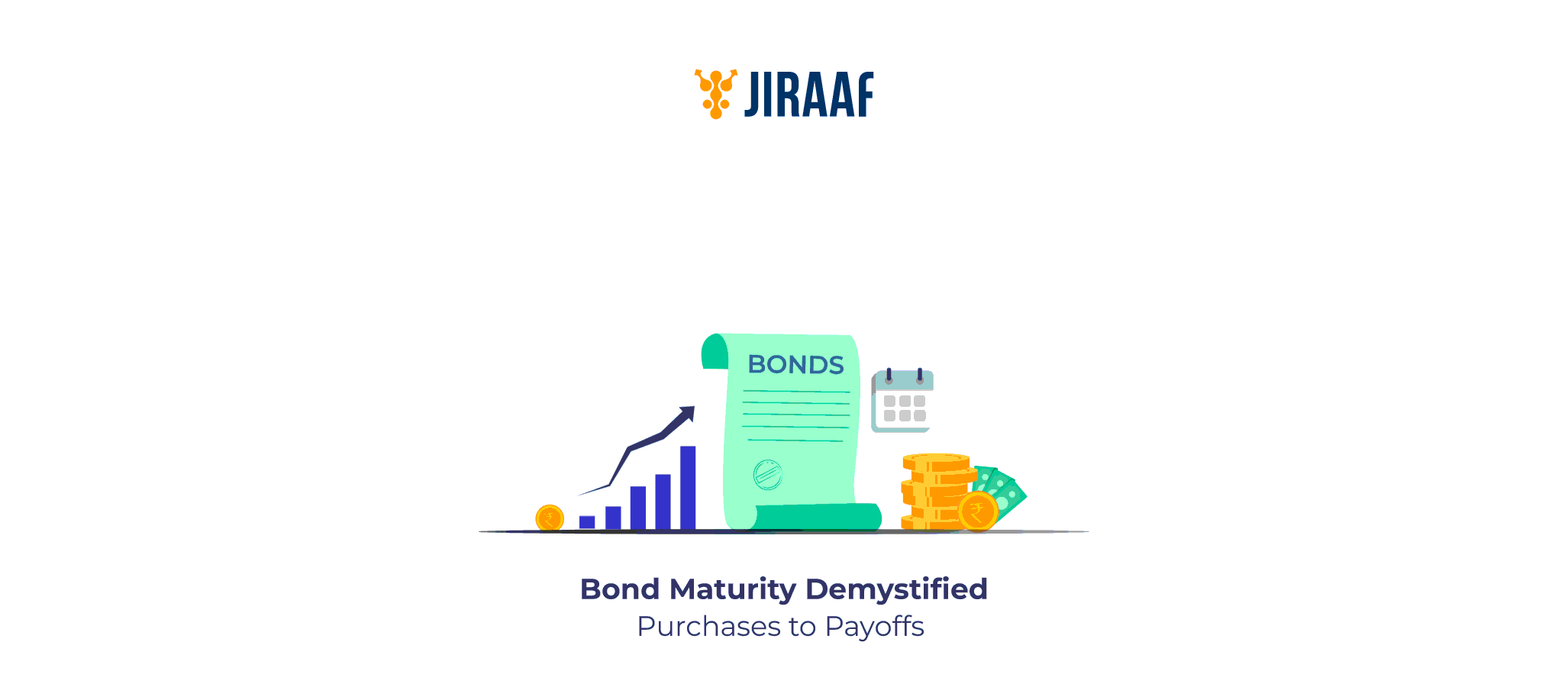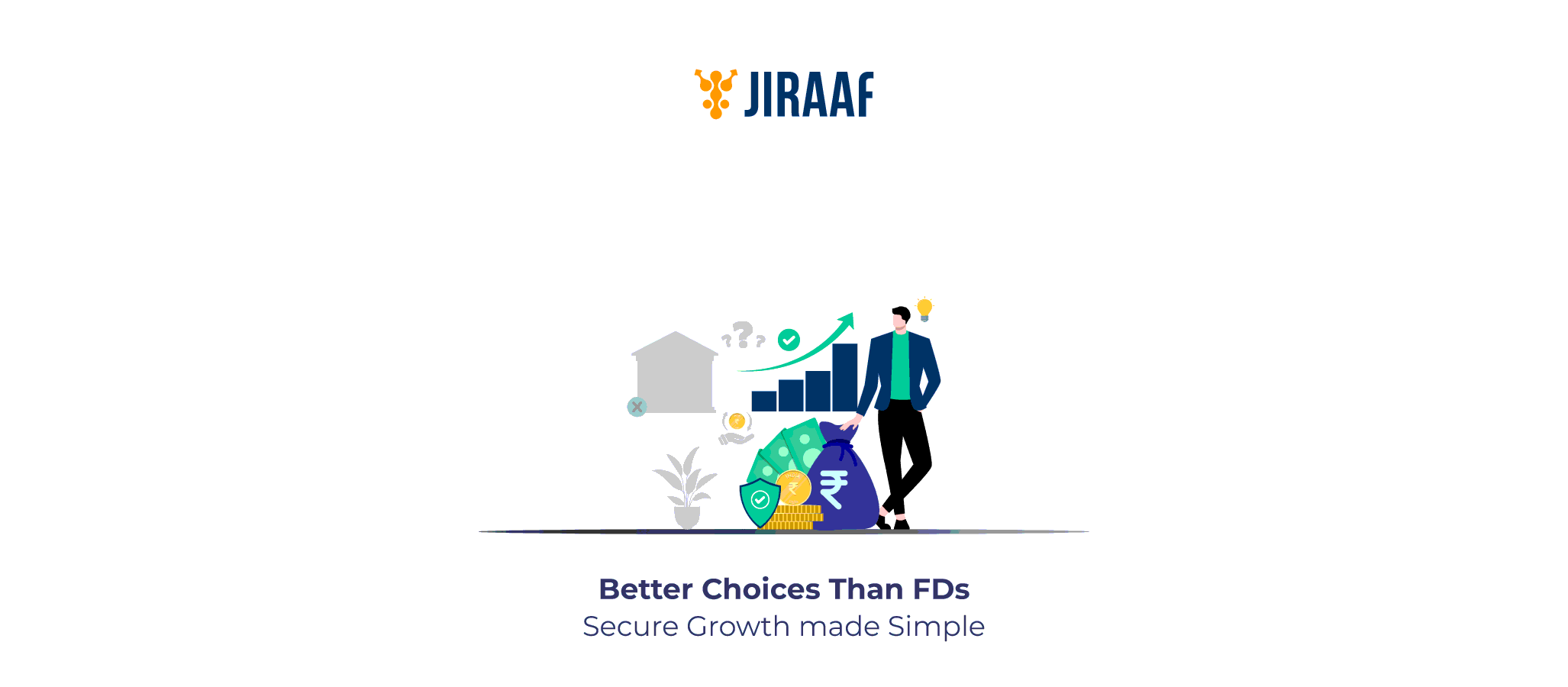For most business owners, managing operations, cash flow, and compliance feels like juggling too many balls at once. Among all these responsibilities, GST can often bring its own surprises—especially when you come across something called the Reverse Charge Mechanism (RCM).
At first glance, it feels counterintuitive. Why would the buyer, instead of the seller, pay the tax? Yet, this very concept plays a crucial role in ensuring tax transparency and plugging loopholes in the system. Many entrepreneurs overlook how RCM directly affects their working capital, vendor relations, and filing accuracy, until they face a mismatch in returns or a notice from the department.
This blog unpacks RCM in a practical, business-oriented way. You’ll understand when it applies, how it impacts your transactions, and what steps to take to stay compliant while keeping your business finances steady.
What is the Reverse Charge Mechanism in GST?
In simple terms, the reverse charge mechanism under GST is a system where the responsibility to pay tax shifts from the supplier to the recipient of goods or services. Normally, the seller collects GST from the buyer and deposits it with the government. However, under RCM, this order is reversed—the buyer directly pays the tax instead of the supplier.
To put it more simply, imagine hiring a service where the provider isn’t liable to pay GST. In such cases, the government ensures tax collection by making you, the recipient, responsible for paying it. This mechanism helps bring unorganized sectors into the tax net and maintains transparency in transactions.
Now that we understand what RCM means, it’s important to see how this process works in practice—from tax liability to input credit claims. Let’s look at how the RCM operates in actual business scenarios.
How does the Reverse Charge Mechanism Work?
Understanding how the reverse charge mechanism operates is essential because it directly affects who bears the tax liability and when it arises. Under RCM, identifying the correct “time of supply” becomes crucial because this determines when the recipient must pay tax to the government and when they can claim input tax credit.
For goods, the time of supply is determined as the earliest of three events:
- The date the goods are received
- The date of payment (as recorded in the books of accounts or debited from the bank), or
- The day immediately following thirty days from the date the supplier issued the invoice.
For services, the time of supply is also based on the earliest event, sixty days from the date of invoice.
- It can be either the date of payment, as shown in the books or debited in the bank, or
- The date immediately following sixty days from the date of the invoice.
If none of these can be determined, the time of supply is the date of entry in the recipient’s books of account.
This mechanism ensures the government receives its due tax without depending on unregistered or small suppliers who may fall outside the regular compliance system.
Now that we understand how RCM operates, a natural question arises—when exactly does this liability shift apply?
Let’s look at the specific situations where a business becomes responsible for paying GST under the reverse charge mechanism.
Applicability of Reverse Charge Mechanism under GST
Under the Central Goods and Services Tax (CGST) Act and the Integrated Goods and Services Tax (IGST) Act, RCM applies under three main provisions:
1. Section 9(3) of CGST Act and Section 5(3) of IGST Act: Notified Goods and Services
Here, the government specifies certain goods and services where the recipient must pay tax instead of the supplier. This typically includes transactions such as legal services, goods transport agency (GTA) services, and the supply of certain raw materials.
2. Section 9(4) of CGST Act and Section 5(4) of IGST Act: Purchases from Unregistered Suppliers
When a registered person purchases goods or services from an unregistered supplier in cases notified by the government, the registered buyer becomes liable to pay GST under RCM. This provision helps ensure tax compliance and accountability throughout the supply chain.
3. Section 9(5) of CGST Act and Section 5(5) of IGST Act: E-Commerce Transactions
Certain services supplied through e-commerce platforms (like cab aggregators or online accommodation booking services) fall under this provision. Here, the e-commerce operator, rather than the individual supplier, is responsible for paying GST.
Next, we’ll look at which specific goods and services fall under the reverse charge mechanism—helping businesses identify when they need to comply.
Goods and Services Covered under the Reverse Charge Mechanism
These are the goods and services on which the reverse charge mechanism applies (as of October 13, 2025). Note that this list can change, so always check the official GST website for the latest notifications.
Goods
| S. No. | Description of Goods (Supply under RCM) | Supplier | Recipient (Liable to Pay GST) |
| 1 | Cashew nuts (not shelled or peeled) | Agriculturist | Registered person |
| 2 | Bidi wrapper leaves (Tendu) | Agriculturist | Registered person |
| 3 | Tobacco leaves | Agriculturist | Registered person |
| 4 | Silk yarn | Manufacturer of silk yarn from raw silk or cocoons | Registered person |
| 4A | Raw cotton | Agriculturist | Registered person |
| 5 | Lottery supply | State Government / UT / Local authority | Lottery distributor or selling agent |
| 6 | Used vehicles, seized or confiscated goods, old goods, waste and scrap | Central / State Government, UT, or Local authority | Registered person |
(Source: GST Council Flyer)
Services
| S. No. | Description of Service (Under RCM) | Supplier of Service | Recipient (Liable to Pay GST) |
| 1 | Services from a person in a non-taxable territory (except to non-taxable online recipients) | Person located outside India | Person in taxable territory |
| 2 | Goods Transport Agency (GTA) services (if not charging 12% GST) | GTA | Factory, society, firm, company, or registered person |
| 3 | Legal services | Individual advocate / firm of advocates | Business entity in taxable territory |
| 4 | Services by arbitral tribunal | Arbitral tribunal | Business entity in taxable territory |
| 5 | Sponsorship services | Any person | Body corporate or partnership firm |
| 6 | Services by Central/State Govt. or local authority (excluding renting, postal, and transport services) | Govt. or local authority | Business entity in taxable territory |
| 7 | Services by a company director | Director | Company or body corporate |
| 8 | Services by insurance agent | Insurance agent | Insurance company |
| 9 | Services by recovery agent | Recovery agent | Bank, financial institution, or NBFC |
| 10 | Import freight (transport of goods by vessel from outside India) | Person in non-taxable territory | Importer in India |
| 11 | Copyright services (by author, composer, artist, etc.) | Author / artist / composer | Publisher, producer, or music company |
| 12 | Services by members of Overseeing Committee | Members of the Committee | Reserve Bank of India |
(Source: GST Council Flyer)
Understanding how RCM applies to these goods and services naturally raises the next question: how does it differ from the regular forward charge system? Let’s explore the key differences between forward charge and reverse charge under GST.
Difference Between Forward Charge and Reverse Charge
Before diving deeper into compliance and reporting, it helps to understand how reverse charge differs from the usual forward charge system. The key distinction lies in who is responsible for paying GST and how it affects accounting and liability.
| Feature | Forward Charge | Reverse Charge (RCM) |
| Taxpayer responsible for paying GST | Supplier (seller) | Recipient (buyer) |
| Who collects and remits tax | Supplier collects GST from recipient and remits it to the government | Recipient pays GST directly to the government |
| Type of invoice issued | Tax invoice showing GST charged separately | If supplier is unregistered, recipient issues a self-invoice; if supplier is registered, invoice is issued normally (without collecting GST if RCM notified) |
| Input Tax Credit (ITC) | Recipient can claim ITC of GST charged by the supplier (subject to eligibility) | Recipient can claim ITC of GST they paid under RCM, only after tax is paid in cash |
| Mode of payment | Supplier can use ITC balance or cash to pay GST | RCM liability must be paid in cash (cannot use ITC for payment) |
| Impact on cash flow | No direct impact—supplier collects from buyer | Higher working capital requirement since recipient pays GST upfront before claiming ITC |
With the distinctions clear, the next step is understanding how the Input Tax Credit works under reverse charge and how businesses can claim it efficiently.
Input Tax Credit (ITC) under the Reverse Charge Mechanism
If you are a business owner, you might wonder how claiming Input Tax Credit works when you are the one paying GST under reverse charge. The good news is that the mechanism allows you to offset the tax you pay against your output tax liability, just like in the normal GST process.
Under RCM, the recipient pays the tax directly to the government. Once paid, you can claim it as ITC in your GST returns, reducing the overall tax burden. It is important to maintain proper records of invoices, payment receipts, and self-issued challans because ITC can only be claimed after payment of tax through cash ledger.
Essentially, RCM doesn’t block your credit; it shifts the responsibility of payment to you, but with careful documentation, it can be fully accounted for and utilized in your business tax filings.
Now that we know how ITC works under reverse charge, the next crucial part is compliance—understanding reporting obligations and deadlines to avoid penalties.
Compliance & Reporting Requirements for RCM
Handling the reverse charge mechanism properly goes beyond just paying the tax. Businesses need to follow specific compliance and reporting steps to stay on the right side of GST regulations. This ensures smooth audits, avoids penalties, and allows full utilization of Input Tax Credit.
Key compliance points include:
- Timely Payment of Tax: Under RCM, the tax must be paid by the recipient on or before the due date specified in the GST rules. Delays can attract interest and penalties. It must be paid in cash (electronic cash ledger) and cannot be offset using available Input Tax Credit.
- Maintaining Proper Documentation: Keep accurate invoices, payment receipts, and self-issued payments and vouchers (mandatory for supplies from an unregistered supplier) as proof of tax payment. These records are crucial for audits and claiming ITC.
- Filing in GST Returns: Tax paid under RCM should be reported in the appropriate sections of GSTR-3B and GSTR-1 (if applicable), ensuring transparency and correct ITC claims. RCM supplies are also reported in GSTR-1 if the supplier is registered, or if the recipient issues a self-invoice for an unregistered supplier.
- Reconciliation: Regularly reconcile your RCM payments with vendor invoices to avoid discrepancies and ensure that all eligible credits are claimed.
- Audit Readiness: Proper documentation and timely filings make your business audit-ready and reduce the risk of GST notices or penalties.
Next, we will summarize all the critical points of RCM, making it easier for business owners to implement and comply effectively.
Conclusion
By now, you must have a clearer picture of the reverse charge mechanism—why it exists, how it works, and how it impacts day-to-day business. If some of it still feels tricky, don’t hesitate to consult a tax advisor; a small investment in guidance today can save bigger headaches tomorrow.
Understanding RCM is not just about compliance—it directly affects cash flow, vendor payments, and the ability to claim Input Tax Credit efficiently. By knowing when and how to apply RCM, you can avoid penalties, maintain accurate records, and ensure your business runs smoothly without unexpected tax burdens. Mastering this mechanism helps you manage GST proactively, keeping your finances transparent and your operations uninterrupted.
FAQs About Reverse Charge Mechanism
RCM is a GST provision where the recipient, instead of the supplier, pays tax directly to the government. It ensures compliance in transactions involving unregistered suppliers or specific notified goods and services.
RCM applies in notified situations, such as certain goods and services, purchases from unregistered suppliers, and transactions via e-commerce platforms. These provisions help maintain tax accountability throughout the supply chain.
The recipient of goods or services is liable to pay GST under RCM, making the buyer responsible for depositing tax and claiming input credits, rather than the supplier.
Yes. Once the recipient pays GST under RCM in cash, it can be claimed as ITC in GST returns. Maintaining invoices, receipts, and proper records is essential to offset other tax liabilities.
RCM applies to notified services and goods, including legal services, transport agency services, sponsorships, and imports. Checking official GST notifications ensures businesses comply and identify transactions requiring self-payment of tax.
